-Dr. S. Ramakrishnan, April 22, 2015.
 The 11th Malaysia Plan is to be tabled on May 21, 2015 during the second parliamentary sitting of 2015. The 10th Malaysia Plan (for the period 2010 – 2015) was launched with much pomp after Prime Minister Datuk Seri Najib Tun Razak took office in 2009. It had 5 key strategic thrusts. For some reason or other, however, we did not hear of any mid-term review of the achievements and shortcomings of the 10th Malaysia Plan. It was instead described as a rolling plan. However, a national plan of this significance must be made available to parliamentarians much earlier for them to put forward their thoughts.
The 11th Malaysia Plan is to be tabled on May 21, 2015 during the second parliamentary sitting of 2015. The 10th Malaysia Plan (for the period 2010 – 2015) was launched with much pomp after Prime Minister Datuk Seri Najib Tun Razak took office in 2009. It had 5 key strategic thrusts. For some reason or other, however, we did not hear of any mid-term review of the achievements and shortcomings of the 10th Malaysia Plan. It was instead described as a rolling plan. However, a national plan of this significance must be made available to parliamentarians much earlier for them to put forward their thoughts.
The 11th Malaysia Plan is the last attempt to become a high-income and developed nation within the next five years. The 10th Malaysia Plan started off with a focus on 5 key strategic reform thrusts to achieve 10 big agendas, but in the end, the results were quite disastrous. The national public debt grew to 80% of the GDP. Income inequality in Malaysia is amongst the worst in the region and has remained at the same level since 1990. The disposable income of the top 1% is 22 times the disposable income of the bottom 40%. On the Malay front the top 0.1% of investors in Tabung Haji had RM1.4 million average investments. The bottom 87% had average investments of RM567 which is 2500 times less. Three percent of Amanah Saham Bumiputra (ASB) is owned by 74% of unit-holders, while 8% is owned by 0.2% of unit-holders.
The country’s dependence on foreign workers is ever-increasing without any policy changes to halt the flow. Human Resources Minister Datuk Seri Richard Riot has made it public that there are an estimated 6.7 million foreign workers in this country but only 2.1 million of them have valid work permits. The chase towards reaching a High-Income Nation status is useless to the remaining 80% employed and self-employed Malaysians who earn below RM3000 a month.
The 10th Malaysia Plan envisaged SMEs to be the engine of growth and innovation, whose contribution to the GDP was 33% in 2013, based on the SME Corp report. By 2020, the SME’s contribution was to be 59%. The private sector was supposed to be the growth engine in the 10th Malaysia Plan, but private sector participation dwindled to 10% of the GDP from 30%. Seem to be moving backward on this front.
A nation cannot achieve a high-income and developed nation status with poor-quality education and low-skilled workers. Malaysia’s highest allocation every year is for education. Yet the quality of education and the employability of public university graduates still lag behind the demands and needs of industries. A nation’s human capital, largely built by its education system, is a fundamental driver of economic growth, says a World Bank report. To arrest the decline, the World Bank has said Malaysia needs to prioritise teacher quality over quantity, noting that the sharpest fall in education standards coincided with an aggressively expanded recruitment programme for educators. Our highly centralised and regulated education system stifles creativity and high thinking order among students.
Despite the previous 10 Malaysia Plans, the county’s economic growth trajectory and social cohesiveness are still very delicate and are dictated by the whims and fancies of some lunatics. The affirmative actions for the Bumiputra community for the past 45 years have not lifted them to become a high-income group or highly-skilled community. The Umno elites and the senior civil servants have become the high income earners with poor kampong folks remaining poor. Income inequality highest among Malays coupled with poor skills and low soft skills.
On the one hand, the government wants to achieve a high-income and developed nation status but at the same time it wants to reaffirm the racial and religious supremacy of one ethnic group. This attempt to reaffirm affirmative action for bumiputras has diverted much-needed resources. The thrust towards narrowing income inequality, improving health care, improving the quality of education and upgrading the skills of youths irrespective of race, has taken a back seat. More than a million highly-skilled Malaysians have left, thereby enabling other countries to develop. Unless the government resets its development and high-income goals, the 11th Malaysian plan may never reach its target. Racists and bigoted lunatics are the stumbling blocks halting and diverting the road towards development and high income status.






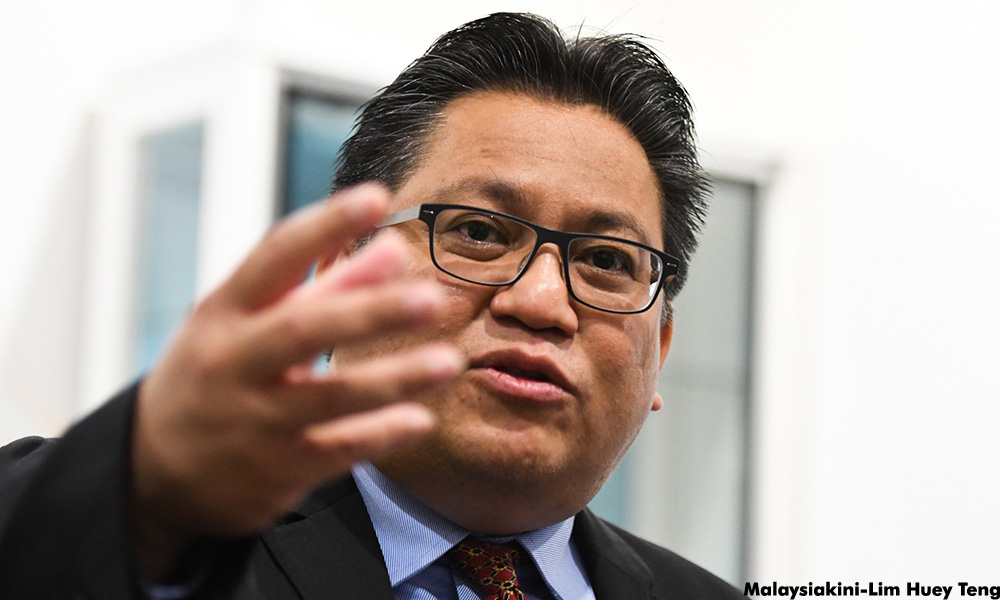


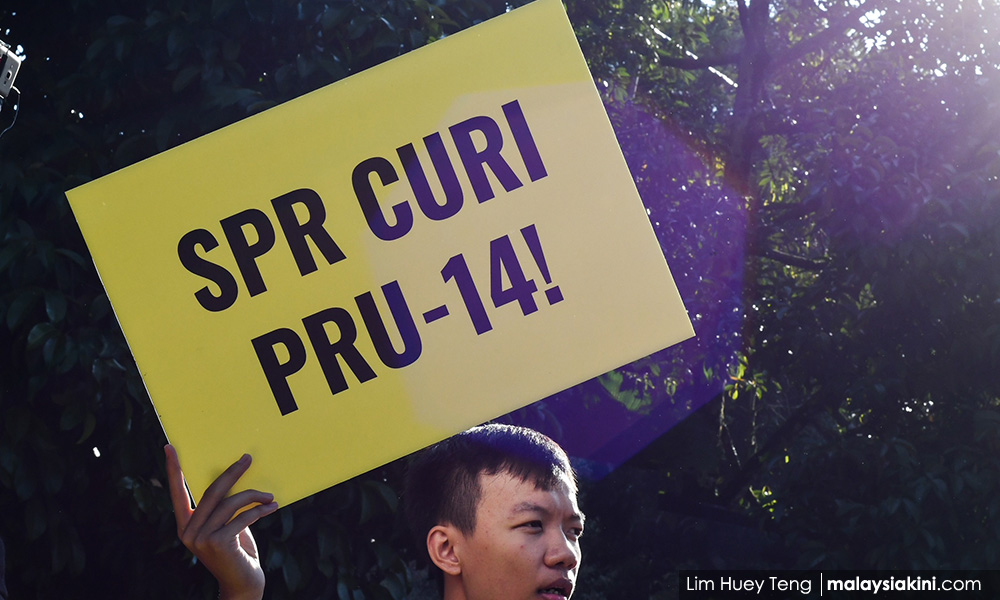

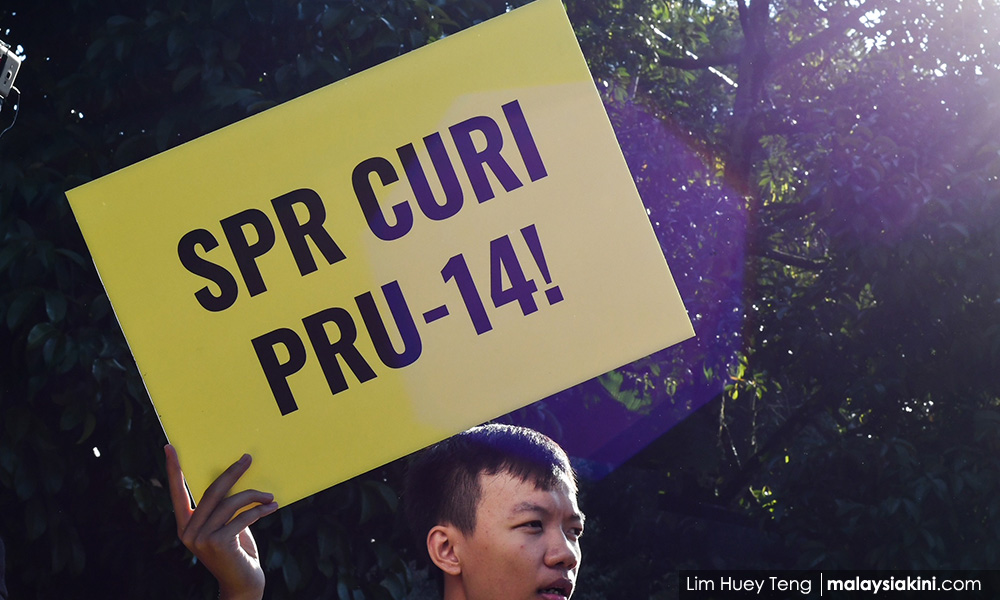
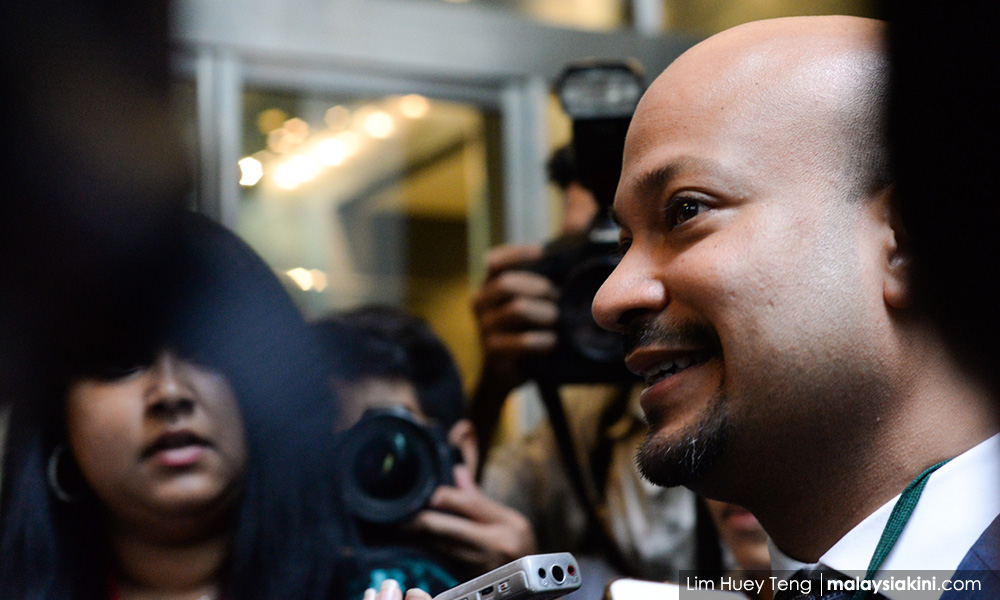
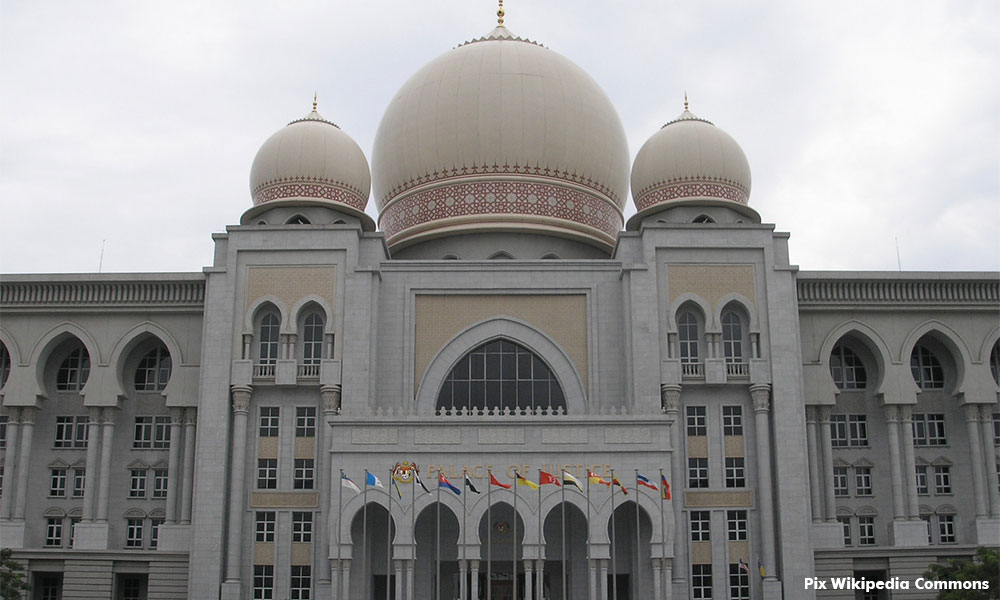
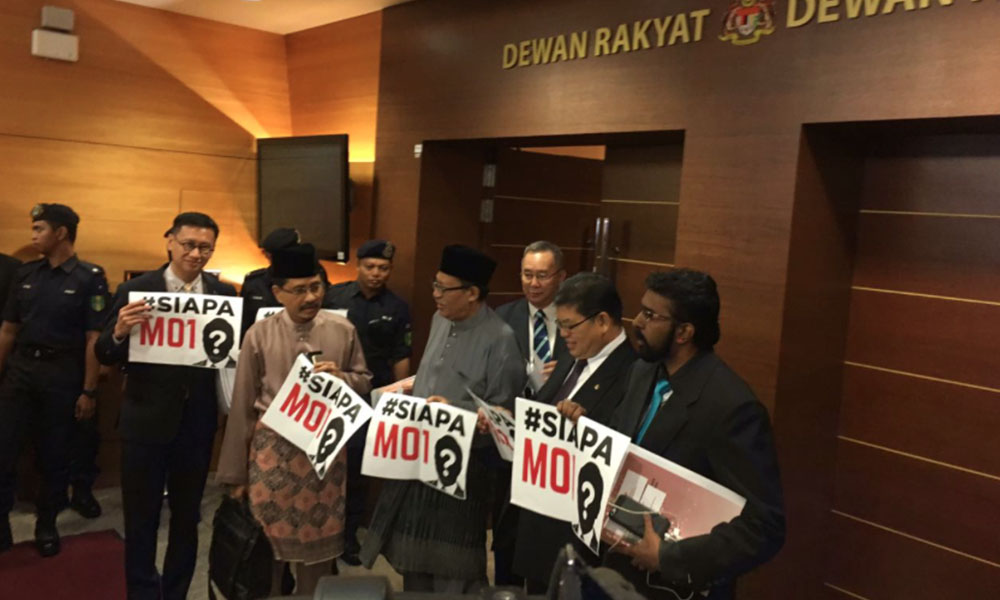
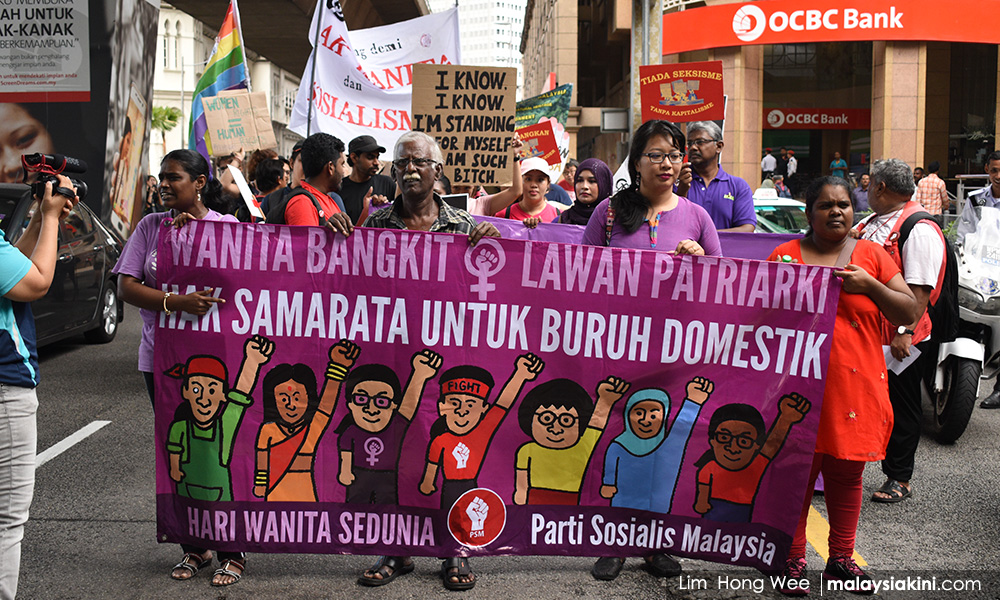


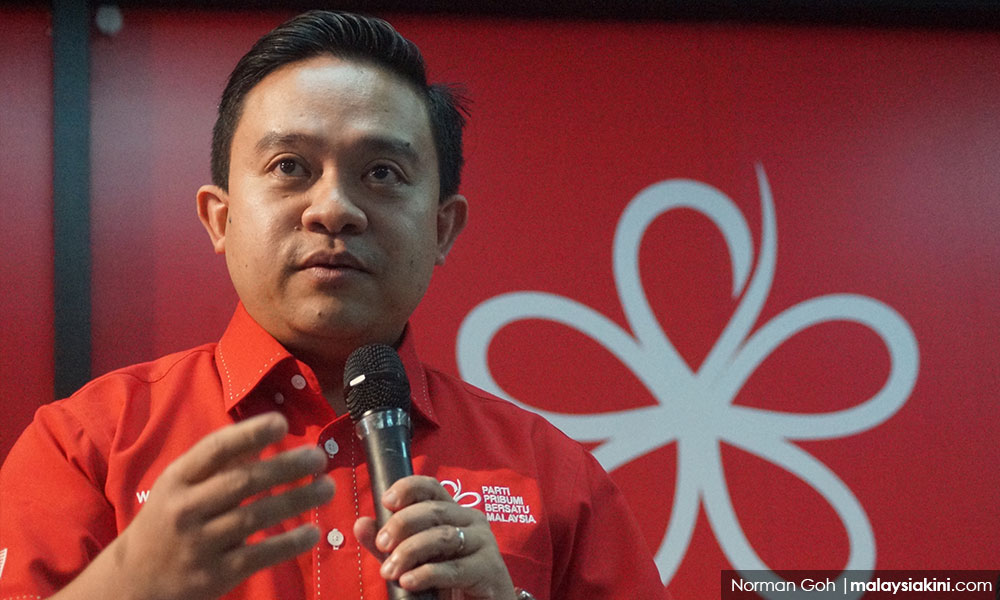
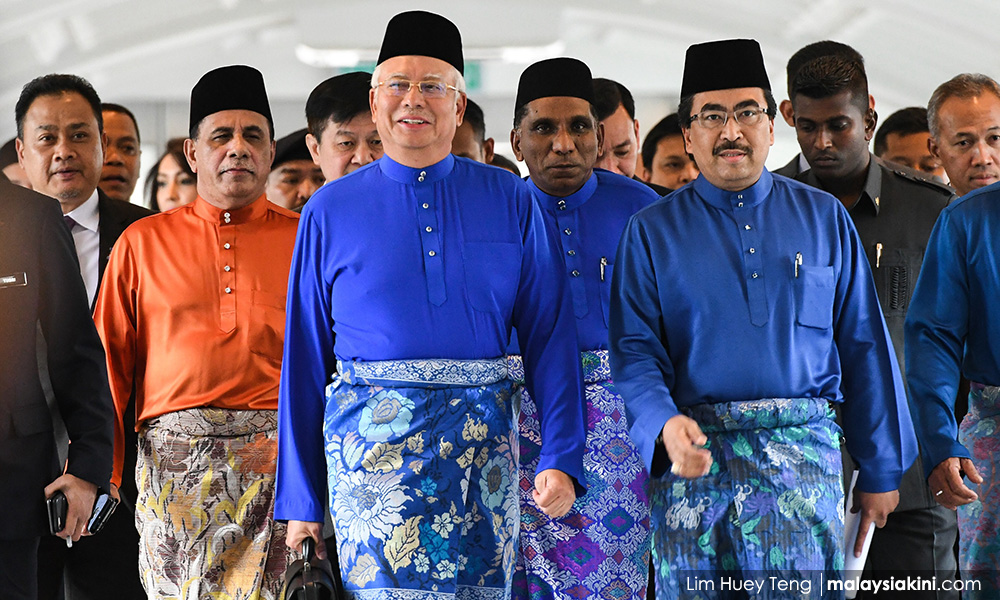




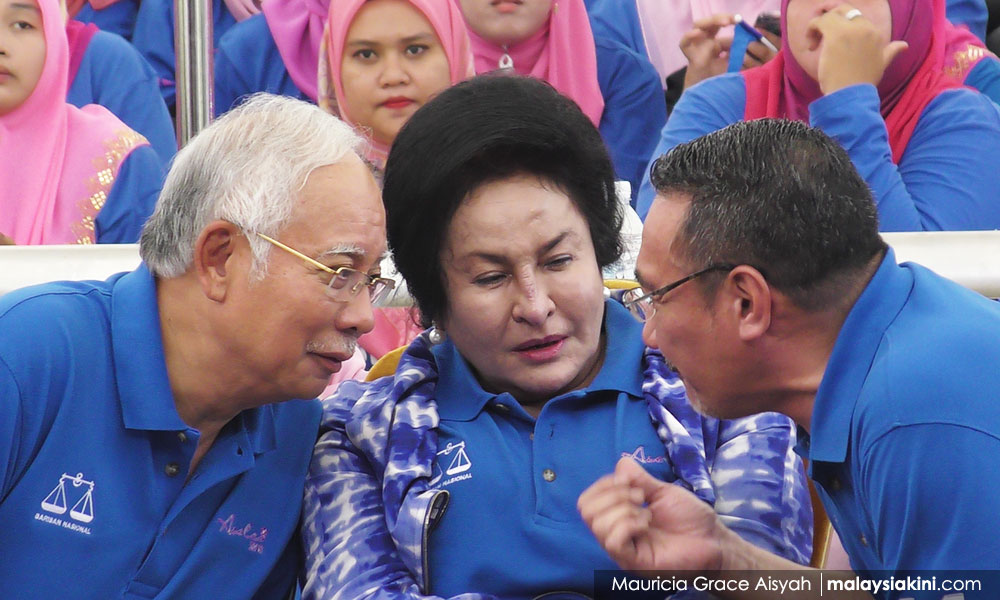
I didnt hear your voice regarding the above matters , when you are a senator in Parliament . Were you sleeping ?